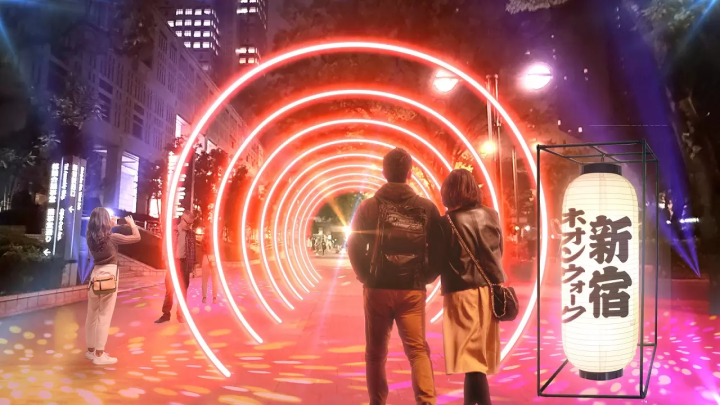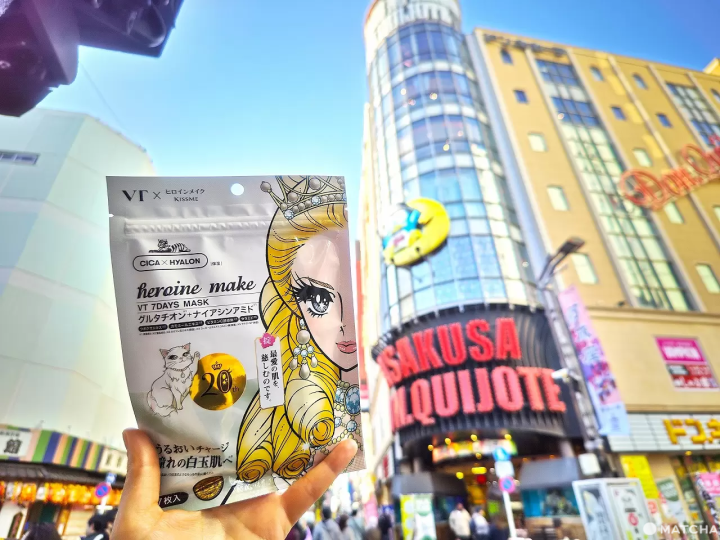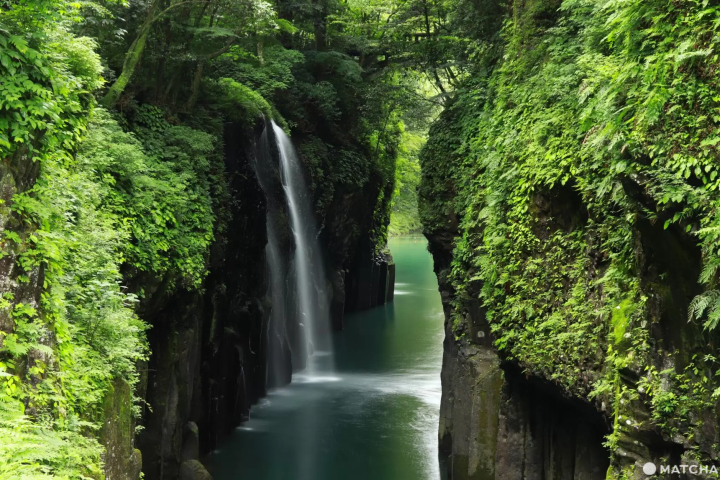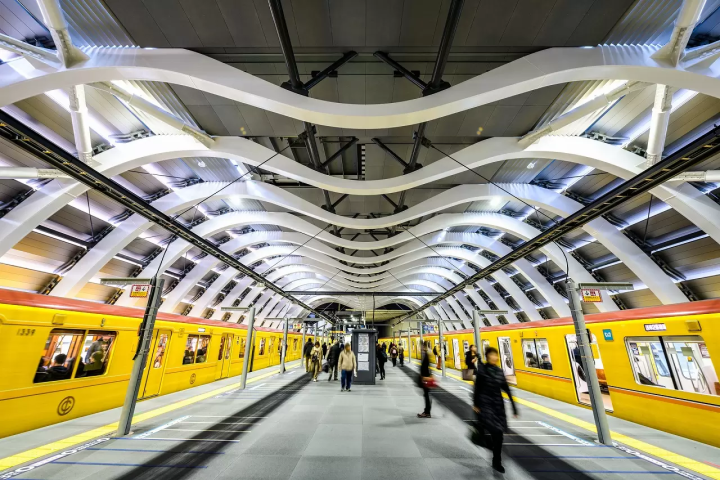[Fukui Prefecture] A journey to experience history and culture at Kehi Shrine, a power spot for longevity
![[Fukui Prefecture] A journey to experience history and culture at Kehi Shrine, a power spot for longevity](https://resources.matcha-jp.com/resize/720x2000/2025/02/01-221967.webp)
Kehi Shrine is a historic shrine located in Tsuruga City, Fukui Prefecture . It is the most prestigious shrine in the area and is known as a power spot for longevity. It has one of the three largest wooden torii gates in Japan, and is impressive in size. The Tsuruga Festival, where floats are paraded around, is also famous.
-
Table of Contents
- What is Kehi Shrine?
- One of Japan's three largest wooden torii gates
- Other highlights of Kehi Shrine
- Tsuruga Tsuruga
- How to get to Kehi Shrine
What is Kehi Shrine?
Kehi Shrine is a shrine located in Tsuruga City , Fukui Prefecture . The shrine has a long history, having been founded in 702. It has been worshipped by locals as the guardian deity of the Hokuriku road. Locals affectionately call it "Keisan."
The area where Tsuruga City is located used to be part of the province of Echizen, and Kehi Shrine is the Ichinomiya of Echizen Province. Ichinomiya is the most prestigious shrine in the area.
![[Fukui Prefecture] A journey to experience history and culture at Kehi Shrine, a power spot for longevity](https://resources.matcha-jp.com/resize/720x2000/2025/02/01-221969.webp)
In 1689, Matsuo Basho, a haiku poet from the early Edo period, visited the temple and admired the beauty of the grounds light by the moonlight. For this reason, the temple has been recognized as one of Japan's 100 most beautiful moons. There is a statue of Matsuo Basho and a stone monument with his haiku on it in the grounds.
![[Fukui Prefecture] A journey to experience history and culture at Kehi Shrine, a power spot for longevity](https://resources.matcha-jp.com/resize/720x2000/2025/02/01-221968.webp)
One of Japan's three largest wooden torii gates
The wooden torii gate, built in 1645, is designated as an Important Cultural Property of Japan. Torii gates separate the world inhabited by the gods from the world inhabited by humans at shrines, and indicate the entrance to the world of the gods.
The large red torii gate is about 11 meters high and is a must-see structure. Due to its size and history, it is one of the three largest wooden torii gates in Japan, alongside Kasuga Taisha Shrine in Nara Prefecture Kasuga and Itsukushima Island Shrine in Hiroshima Prefecture . It was the only shrine building that survived the Tsuruga air raids in 1945 during World War II.
![[Fukui Prefecture] A journey to experience history and culture at Kehi Shrine, a power spot for longevity](https://resources.matcha-jp.com/resize/720x2000/2025/02/01-221970.webp)
Other highlights of Kehi Shrine
There are other valuable historical heritage sites to see at Kehi Shrine.
Kihi Longevity Water
In 702, while Kehi Shrine was being built, a water source suddenly gushed forth. It is said that this is how the "Choumei-sui" water that flows down from the large rock at Kehi Shrine began. The origin is unclear, but it is no doubt that the name was given to the shrine because the deity enshrined there is a god of good health and long life.
It is said that drinking this water will grant you the blessing of longevity, and in recent years it has become a popular power spot and a famous attraction at Kehi Shrine.
![[Fukui Prefecture] A journey to experience history and culture at Kehi Shrine, a power spot for longevity](https://resources.matcha-jp.com/resize/720x2000/2025/02/01-221971.webp)
Tsunuga Shrine
Tsunuga Shrine, located within the grounds, enshrines a god named Tsunugaarashitonomikoto, who is said to have had a horn on his forehead and came to this area from Korea.
Tsunugaarashitonomikoto is said to be the origin of the name Tsuruga, symbolically illustrating Tsuruga's role as a key point of exchange with the continent.
Eucalyptus Tree
Within the temple grounds, there is a large eucalyptus Oki that is said to have been planted in 1936. It is extremely rare for this tree to grow in the cold climate of the Hokuriku region, and it has been designated as a natural monument by Tsuruga City.
Although it was broken by two typhoons, new leaves have sprouted from the trunk again, making it a popular long-lived tree. Hoping to share in its longevity, many visitors come to pray and take commemorative photos.
![[Fukui Prefecture] A journey to experience history and culture at Kehi Shrine, a power spot for longevity](https://resources.matcha-jp.com/resize/720x2000/2025/02/01-221972.webp)
Tsuruga Tsuruga
The Tsuruga Festival, held every year in early September, is one of the major festivals in the Hokuriku region. On the eve of the festival, children perform dances on floats called "Yoiyama," which parade through the city accompanied by lively music from flutes and drums.
At the annual festival, six floats with long histories as symbols of the festival are lined up. The distinctive feature of Tsuruga's floats is that they are decorated with life-sized dolls with real Noh masks and armor, expressing the bravery of warlords in the battles of the Sengoku period.
During the Tsuruga Festival, stalls are set up within the temple grounds, and events such as a carnival procession and folk dancing are held, attracting many visitors from inside and outside the city.
![[Fukui Prefecture] A journey to experience history and culture at Kehi Shrine, a power spot for longevity](https://resources.matcha-jp.com/resize/720x2000/2025/02/01-221973.webp)
How to get to Kehi Shrine
How to get from Tokyo Station to Tsuruga Station (Train)
From JR Tokyo Station, take the Hokuriku Shinkansen "Kagayaki" and arrive at JR Tsuruga Station in approximately 3 hours and 20 minutes.
How to get to Tsuruga Station from Osaka Station, Osaka Station, and Kyoto Station (Train)
From JR Osaka Station, JR Osaka Station, and JR Kyoto Station, take the limited express "Sandbird" to JR Tsuruga Station.
From JR Osaka Station and JR Osaka Station, it takes about 1 hour and 25 minutes, and from JR Kyoto Station, it takes about 55 minutes to arrive at JR Tsuruga Station.
How to get to Kehi Shrine from Tsuruga Station
(1) From JR Tsuruga Station, take the community bus "Matsubara Line" for about 4 minutes and get off at the "Kehi Jingu-mae" stop.
(2) From JR Tsuruga Station, take the "Gurutto Tsuruga Sightseeing Bus" for about 3 minutes and get off at the "Kihi Jingu" stop.
(3) It is about a 5-minute taxi ride from JR Tsuruga Station.
This is a voluntary tourism organization that promotes the attractions of the northern Kinki region of Tamba, Tajima, Tango, and Wakasa. The flavors of Northern Kinki are not limited to crab, a representative winter sea delicacy, but also include oysters, yellowtail, and pufferfish, as well as cockles, rock oysters, and white squid in the summer, and mountain flavors such as Tamba chestnuts and Tamba black beans, and the summer fruit sand dune melon, making this an area where you can enjoy gourmet food all year round. I would be happy to be able to visit the vast northern Kinki region many times and share information on railroad journeys.
The contents on this page may partially contain automatic translation.




























![[THE BLOSSOM KYOTO] Awaken your senses with the Kyoto aesthetic that lives on in the hotel](https://resources.matcha-jp.com/resize/720x2000/2025/07/01-237865.webp)

